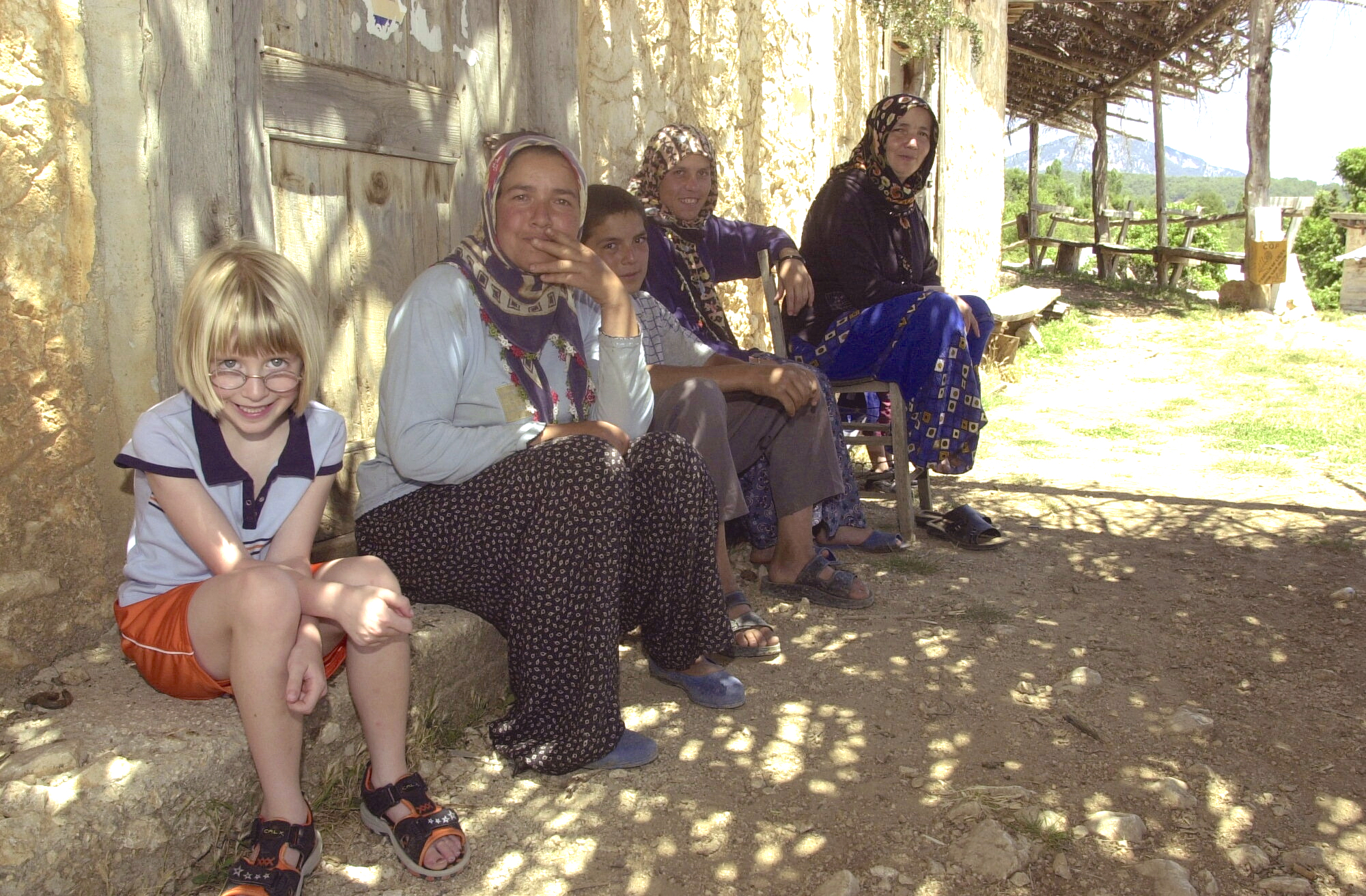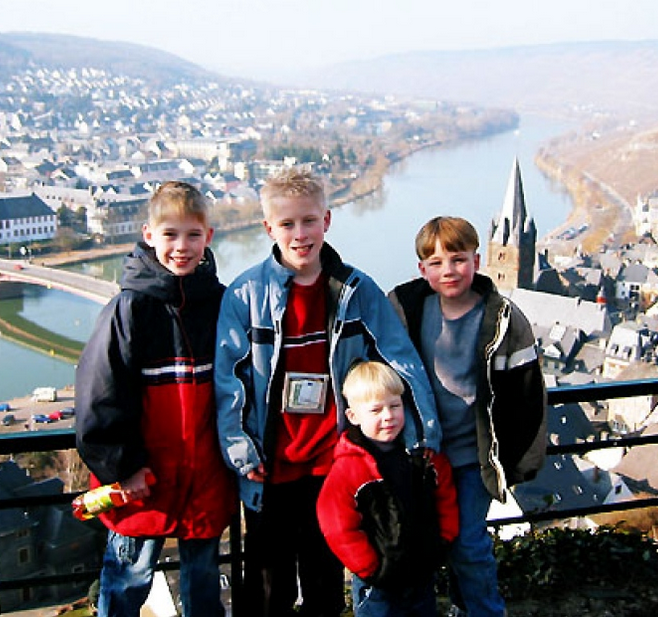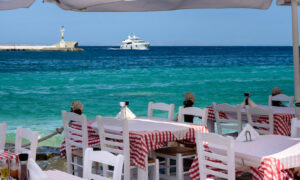(Editor’s note: It’s the holidays, and expats are heading out to the Christmas Markets across Europe. We’re reposting this updated Expats Essentials in hopes that families find it helpful.)
When we lived in Germany, the Moises, our American friends in the next village, taught us a lot about traveling with kids.
Nick Moise told me his four boys loved it “when they hear the word ‘hotel.’ ” It was a word they heard a lot. Nearly every weekend, the Moises — father Nick, mom Suayn, and sons Rohan, 4, Bailey, 7, Kyler, 9, and Garrett, 11 — headed out to see Europe from their village in Berglangenbach, outside Baumholder, Germany.
They spent Easter in Belgium, exploring caves, castles and museums. Before that, they were in Paris, where they returned often. They trekked through southern France all the way to Spain.
How did they do it with four boys under 12? Flexibility.
“When we went to Paris, we didn’t expect to spend five hours in the Louvre. You have to have reasonable expectations,” Nick told me.
For parents who like to travel, reaching that equilibrium of satisfied adult/contented children is no easy achievement. As Nick says, you must consider your kids as you ponder destinations. “We have to balance it out,” he said. “I don’t think of it as ‘dragging my kids along on my trip.’ ”
It’s their adventure, too, he said.
As compulsive expat adventurers, my wife, Cheryl, and I justify all the time and money spent on the road by saying we’re shaping our two daughters into worldly young people. But sometimes I imagine 30-ish versions of Lucy and Lale undergoing intensive psychotherapy. “And the worst thing,” the say in unison, “was our parents dragging us to every broken-down, mud hut village from Turkey to Mongolia.”
We haven’t done Mongolia. Yet. But they know we probably will, because we’ve had them on intensive travel schedules since the womb.
Lucy’s first trip was a British Virgin Islands visit so late in her third trimester that she was almost born a British citizen. Her first overnighter came at three weeks. Lale hit the road at eight weeks, her inaugural trip to the Greek island of Chios from our home in Izmir, Turkey. By the time Lale was 2 and Lucy was 5, they’d visited nine nations including much of Turkey. And Lucy had made 11 trans-Atlantic flights, Lale seven!
This is not out of the ordinary among military families. But every once in a while, we meet people who are totally incredulous. “How do you travel with kids?” they ask. Invariably, they have tales of woe about cutting short trips after kids rebelled. Others have no idea how their children will react to a long trip, and friends with babies in the States were reluctant to visit us in Germany because of the nine-hour flight.
It’s not easy, and every couple has their own approach to packing: how many clothes, which snacks, scented or unscented wipes. My wife and I still argue over hotel rooms: Bigger is better for me, while Cheryl says it’s a waste of time since we’re rarely in it.
But here’s what we agree on after 18 years on the road with kids:
• First and foremost, the ultimate secret is to get children on the road early in life. In fact, the first six months is about the easiest time to travel with kids. Babies’ needs are few. Few newborns pitch a fit to go to Disneyland, and a baby is just as happy in the Louvre as in your nursery at home.
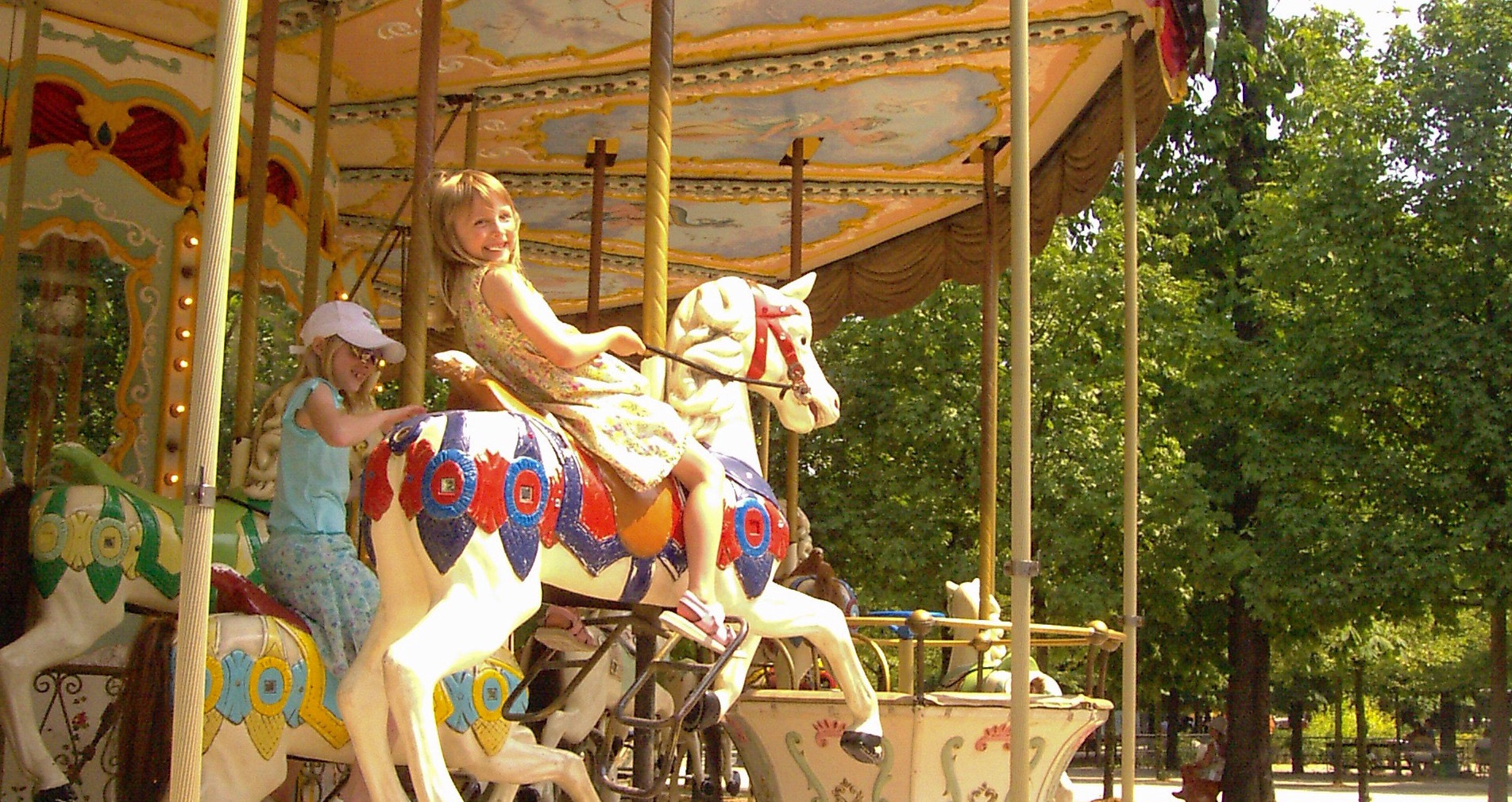
YOU CAN GET MORE MILES IN DURING A TRIP IF YOU PUT A MERRY-GO-ROUND BETWEEN MUSEUMS. LALE, RIGHT, AND LUCY ON THEIR FAVORITE CAROUSEL IN PARIS.
• As they mature, children are going to rebel at interruptions in their routines. So you have to refine routines inside the travel experience.
• You begin by trying out toy combinations. One of the best — or worst, depending on how many times you’ve heard “The Martian Bop” — investments we made is a $20 cassette player so that Lucy and Lale could pass the hours with recorded books or music in the halcyon pre-iPod and smartphone days.
• The more you travel, the more savvy you become. Successful travel with kids means making note of tiny details, from which insulated drink bags and coolers work best to which big European cities have the best parks, playgrounds and family attractions. Then, you experiment with scheduling.
• For example, we used to leave on trips early in the mornings. Bad idea. Let the kids play a couple of hours in the morning, if possible, and they’ll nap on the way. That gives you more time for long trips before child-seat fatigue sets in.
Here are some other tips for the road gained from our experiences and from talking with others:
• You can see a lot of stuff, even spend hours in museums, if you put a playground visit or carousel ride in between the places mom and dad want to see. On our first trip to Paris with the kids, we averaged 11 hours each of four days exploring. But about a quarter of those hours were spent at playgrounds or on carousels, or at destinations kids enjoy, such as the Eiffel Tower.
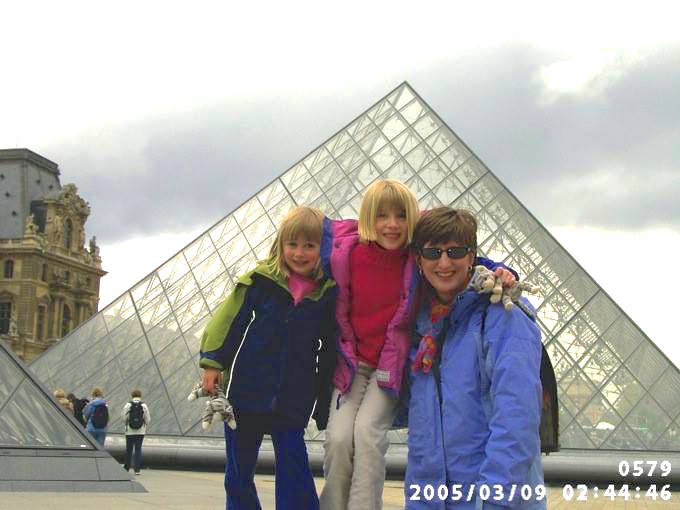
PARIS – WITH ALL ITS PARKS, FERRIS WHEELS AND PUBLIC SPACES – IS ONE OF THE BEST CITIES TO TAKE YOUR KIDS.
• Do your pre-trip preparation. If his family is going to a museum to see Van Gogh’s paintings, Nick Moise, who’s an artist, gives his boys “all the background” on the Dutch painter’s life and work. “I think it’s helpful to familiarize them. As they get older, they’re better able to relate to what they’re going to see, and maybe they’ve studied it in school.”
• Feed ’em first, Nick says. Stop at the wurst and fries stand before your destination and top-up those tanks.
• Be honest with yourself about your kids’ limits. This is still the most difficult judgment for us. Some of the most horrendous meltdowns we’ve had came after the girls simply hit the wall, too wired to sleep and too exhausted to calm down.
• Backpacking small kids is the only way to travel. Strollers are fine for the mall, but not on the cobblestone streets and flagstone passageways of 1,000-year-old cities.
• Consider traveling with a compatible family whose children are close in age to your brood. This is a bit risky, because people with differing tastes, interests and income could cramp your style. But the right chemistry can make difficult trips easy. And if the kids are occupied, the parents have more time to savor the grown-up pursuits of good conversation and relaxation.
• In Europe, the best way to economize and to add to the fun is to picnic. You can sample the local foods and not have to worry about snooty waiters or kids confined to cramped restaurants. Nick’s family typically ate one big meal in a restaurant. The rest of the trip they frequented food stands, bakeries and groceries for regional specialties. “It’s much cheaper and quicker. And the kids get a choice, a say so,” he said. He also recommends Italian restaurants in Europe because they’re traditionally more kid friendly: “Anything that’s kid friendly, I’ll go for,” Nick says.
The truth is, until they’re off at college, traveling with children is, at best, a compromise.
I personally would’ve given nearly anything to have the luxury to take my wife to see Mozart’s “Magic Flute” in Salzburg, or amble together through Istanbul’s antique dealers and carpet shops. Nearly anything, that is, except missing my daughters’ delight as they patted the painted manes of their favorite Paris carousel horses.
Co-CEO of Dispatches Europe. A former military reporter, I'm a serial expat who has lived in France, Turkey, Germany and the Netherlands.


